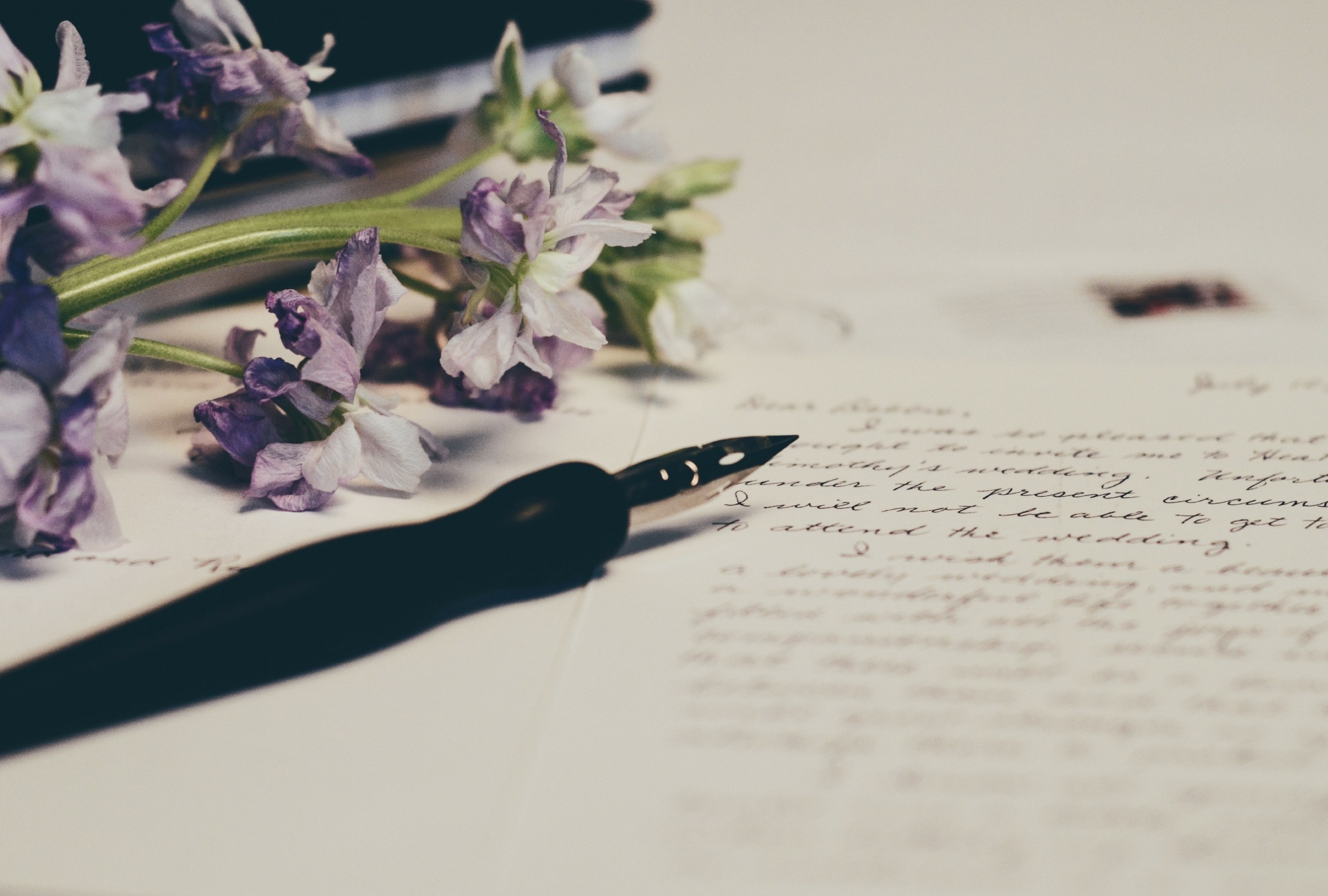SLO 1: Conventions & Genres
Thus far at TAMUCC, I have read, analyzed, and produced works within multiple genres and sub-genres such as Victorian fiction, short fiction, literary journalism, memoir, and flash nonfiction. I interacted with Victorian works in ENG 4360: Gender, Sexuality, and Literature. Regarding Victorian fiction, I searched for and analyzed specific language features (also referred to as practicing ‘close reading'), including syntax and word choice, to discuss how Victorian novels’ language features worked within the time period and contributed to the overall understanding and creation of the genre. Victorian authors implemented carefully chosen words and figurative language such as extended metaphor, as well as idea organization and presentation through rhetorical techniques like allegory to communicate inaccessible, uncommon, or taboo ideas to readers in an accessible format. Such formats included the common novel-length Victorian romance tale and serialized installments of longer stories. This allowed Victorian authors entrance into conversations with readers regarding mainstream implementations about their novels’ ideas within society.

I have also revised works of literary journalism, memoir, short fiction, and flash nonfiction in ENG 3302: Techniques of Creative Writing, ENG 3364: Writing Creative Nonfiction, ENG 3362: Creative Writing Workshop, and ENG 4385: Studies in Creative Writing. When revising these pieces, I mainly focused on local issues which impacted global issues or my overall presentation and reception of each piece inside its respective genre. For instance, using mainly lyrical, factual, and/or expository language and revising syntax, word choice, and connotation are seemingly minute aspects of each piece. However, these “smaller” decisions greatly impact how the piece works within the creative writing genre. By focusing on these elements, I ensured that I followed genre conventions and met audiences’ genre expectations.

SLO 1 & ENG 4360 Take-home Essay 2
In this essay, I focused on how Victorian-inspired and -specific word choice, word arrangement, and the relationship between denotative and connotative meaning subtly and symbolically represent expectations specific to Victorian society. I related wording and syntax to the relationship between class standing and safety as well as class standing, secrecy, and Dorian Gray's own 'othering.'
These language features, while common, are uniquely used in pages 120-121 of The Picture of Dorian Gray because Victorian novels employed such features to discuss subject matter relevant to, yet somewhat unacknowledged, in Victorian society. In the excerpt below, I examined Wilde's choice to include French words and the words' denotative and connotative meaning to emphasize how Wilde's message was specific to and interacted with Victorian society:
"Wilde highlights the upper class’ ability to act at will without consequence. Inclusion of the italicized words ‘chef’ and ‘entrees’ stand out to the reader. By studying the words’ French origin, the reader recognizes more social commentary on Wilde’s part. For instance, ‘chef’ derived its meaning from “head.” When Wilde states that “respectability is of much less value than the possession of a good chef”(120-21), the reader can conclude that wealthy characters must possess cunning and some forethought to maintain a respectable perception amongst society. However, by placing ‘respectability’ before ‘chef,’ Wilde implies the opposite of his statement, drawing attention to society’s placement of reputation before the forethought proceeding actions, furthering the idea that the wealthy have no need to critique their sins. ‘Entrée’ comes from the French for “enter;” Wilde seems to offer the idea that even meticulous manners cannot gain entrance into the upper class’ society."
SLO 1 & ENG 3302 Self-Evaluative Poetry Cover Letter
To create an effective self-evaluative cover letter, I had to learn to view my writing through the lens of the genre in which it stood: poetry. Poetry is, admittedly, one of my favorite categories of writing; however, in revision, I had to implement what ENG 3302 (Techniques of Creative Writing) had taught me about certain poetic conventions such as white space, enjambment, sound evoking emotion, and overall poem form to make sure my 'corrections' more so represented the poetic genre.
In this cover letter, I examine my use of the conventions of poetry as they relate to how I originally composed and how I revised four different poetic pieces which I wrote last semester. As you view the revised poems located near the bottom of the document, you will notice highlighted changes. When revising, I wanted to bring in more frequent conventions of the poetic genre by creating more: carefully constructed enjambment, emotion conveyed through intentional repetition of sound and rhythm, white space which created overall poem shape as well as implied metaphor and symbolic rendition of physical imagery, and intentional rhyme scheme. To evoke the poetic genre even more in revision, I made sure I had fully utilized the genre's inherent linguistic features and expectations. Poetry is lyrical, evocative, and--ideally--timeless and relatable. So, I crafted more sensory imagery and focused on subject matter that would speak to my audience: love for a family member, the absence and presence of religion, the inherent emotions that coincide with seasons, and learning to assert self-worth. For some revisions, I also attentively applied and maintained features of certain poetic forms, the ghazal and the ode.
